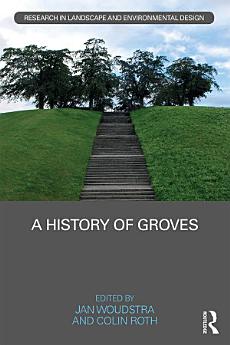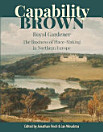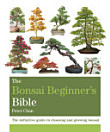A History of Groves
เกี่ยวกับ eBook เล่มนี้
เกี่ยวกับผู้แต่ง
Jan Woudstra is Reader in Landscape History and Theory at the Department of Landscape at the University of Sheffield. His MA thesis at the University of York explored the wilderness in seventeenth- and early eighteenth-century gardens, and he has retained an interest in the topic, evidenced in various publications including ‘The Early Eighteenth Century Wilderness at Stainborough’, New Arcadian Journal, no.57/58 (2004–05), pp. 65–84. In 1997 he completed his PhD at the Department of Geography, University College London, with a thesis entitled ‘Landscape for Living; Garden Theory and Design of the Modern Movement’.
Colin Roth is an interdisciplinary specialist in the psychology of aesthetics. His primary research field is in Danish culture through the ‘long’ nineteenth century, and his articles have appeared in the Royal Library Copenhagen’s journals Fund og Forskning and Carl Nielsen Studies, more recently in a sequence for food professionals in Chef magazine. He has been a regular lecturer at the Tate and the Royal Academy of Arts. His editorial work began in the 1980s with the first Journal of the Derby Porcelain International Society, since when his wide disciplinary range has enabled him to work across the fields of musicology and ballet, art history, architecture and landscape. Dr Roth is currently co-director of the Centre for Nordic Studies at the University of Sheffield.






